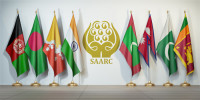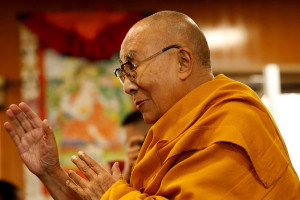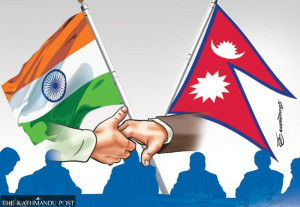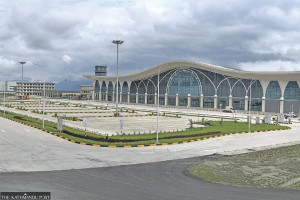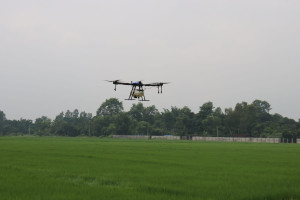Columns
The fate of regional political parties
Federal structure prioritising demographic majorities over ethnic and cultural identities limits their growth.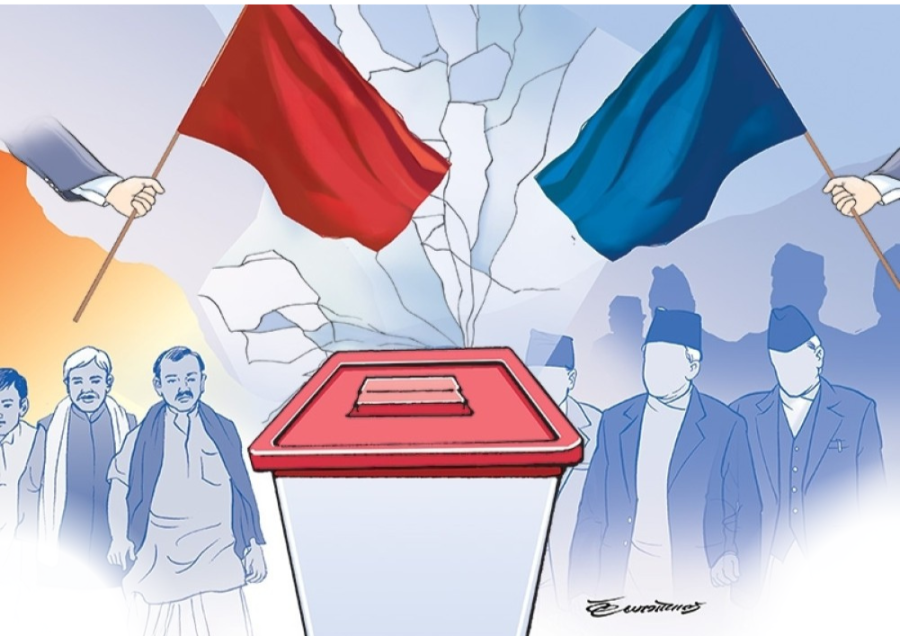
Ankalal Chalaune & Chiran Manandhar
The discourse surrounding regional political parties in Nepal is complex and evolving. It is deeply connected with the country’s transition to federalism and the ongoing struggle for identity-based representation. Despite the absence of clear constitutional and legal provisions, the existence and influence of regional parties are undeniable.
This article explores legal ambiguities, provincial demarcation’s challenges and the perspectives of cadres, shedding light on the role of regional parties in Nepal’s political landscape.
Struggle for legal recognition
The Constitution of Nepal and the Political Parties Act 2017 do not explicitly define regional political parties. Article 269 of the Constitution mandates that political parties’ formation, registration and operation align with federal laws. However, the Act only distinguishes between national and other parties based on electoral performance. A party must secure at least 3 percent of the proportional votes and one seat in the House of Representatives to be recognised as a national party. Regional parties, often focusing on specific provinces or ethnic communities, are left in a legal grey area.
For instance, the Election Commission Nepal directed the Terai-Madhesh Loktantrik Party (TMLP), a regional party advocating for Madheshi rights, to change its name, along with 18 other parties, for being inconsistent with the Constitution and Political Parties Act. The Commission argued that ‘Terai-Madhesh’ was unconstitutional, emphasising a region and fostering ethnic bias.
In response, TMLP filed a writ petition in the Supreme Court, demanding the reversal of the Commission’s decision and seeking a mandamus to retain its name. The petition argued that the Commission did not specify any word or letter in the party’s name that violated legal provisions. The TMLP contended that a term related to a specific region highlights its context and does not essentially contradict the legal provisions. The Supreme Court issued an interim order allowing the party to continue using its name until a final verdict is made. Article 269(5) of the Constitution and Section 6(1)(f) of the Political Parties Act prohibits registering political parties whose name, purpose, symbol, or flag harms a country’s religious or communal unity or national integrity.
Section 32(5) of the Provincial Assembly Member Proportional Elections Directive 2017 acknowledges the existence of regional parties by allowing parties with at least 1.5 percent of the total valid votes in provincial elections to be represented in the Provincial Assembly. Unlike well-established national parties, regional parties have a more localised influence, with organisation and public support concentrated in specific areas. Recognising this, the Constituent Assembly Act 2007 included provisions to facilitate regional party participation. Section 7(14) of the Act required political parties nominating fewer than 20 percent of total members under proportional representation to maintain gender balance.
However, the Act did not mandate ethnic representation in its inclusive group list. Despite the presence of many ethnic and regional parties in the Constituent Assembly, ambiguities regarding their status remain in the Constitution. The ongoing legal battles and the lack of constitutional clarity point to the need for a more inclusive legal framework that accommodates regional and identity-based parties’ aspirations.
Provincial boundaries’ impact
The demarcation of Nepal’s seven provinces has been contentious, particularly for regional parties advocating for identity-based federalism. The current provincial structure—which divides historical, geographical and demographic regions—has marginalised many ethnic and indigenous communities. Provinces, except Madhesh, have been demarcated to provide a majority to Khas-Aryans. For instance, the Tharu community in Far West Nepal has opposed the Sudurpashchim Province’s structure, demanding a separate Tharuhat/Tharuwan Province comprising districts from the Terai-Madhesh region ranging between Kanchanpur and Chitwan.
The division of provinces has diluted regional parties’ influence, as their support bases are often fragmented across multiple provinces. For instance, the Tharuhat movement in Kailali has struggled to gain traction in the hill-mountain districts of Sudurpashchim Province, where the Khas-Arya community holds a demographic majority. In Eastern Nepal, where a majority of Rai and Limbu communities reside, the push for a province with indigenous identity is weakened due to boundaries that merge their area with other communities.
Political analyst Dambar Khatiwada states that regional parties thrive when provinces have favourable boundaries and strong regional identities shaped by ethnicity, language and culture. He cites Madhesh Province, where Madhesh-centric parties benefit from a shared regional identity, while in other provinces, ethnic divisions weaken regional party influence. The current federal structure prioritises demographic majorities over ethnic and cultural identities, limiting regional parties’ growth.
Cadres and supporters’ views
As regional parties face various challenges, understanding the perceptions and acceptance of leaders, cadres and supporters is essential. This insight reveals the party’s ideological commitment, organisational strength and influence on federal governance.
Many regional parties, including the Sanghiya Loktantrik Rastriya Manch (SLRM) and the Nagarik Unmikti Party (NUP), explicitly identify themselves as regional parties advocating for identity-based federalism. Kumar Lingden, Chairperson of the Eastern Part of Nepal-based SLRM, clarified that its main goal is to advocate for a province with identity and autonomy, including Limbuwan. Similarly, NUP, emerging in Sudurpashchim Province, focuses on the rights and representation of the Tharu community. Thakur Singh Tharu, NUP’s General Secretary, asserts that the party’s regional character is evident in its organisational structure, public support and commitment to Tharu issues. However, its influence is concentrated in districts like Kailali, signaling the challenge of expanding its reach beyond its core support base.
In Madhesh Province, parties like JSP Nepal, LSP and Janamat Party struggle to balance their regional identity with national aspirations. While these parties were initially formed to address Madheshi issues, their efforts to expand beyond the Terai-Madhesh region were perceived as a dilution of their regional focus. The supporters of JSP Nepal, LSP and Janamat Party still see their parties as Madhesh-centric but feel they are losing focus on Madheshi issues in their pursuit of becoming national. They opposed removing ‘Madhesh’ from party names, seeing it as a shift away from their core agenda. They even criticised Madheshi leaders for prioritising national politics over regional strength, arguing that Madhesh would compel national parties to cooperate, as seen during the Madhesh Movement.
Conclusion
Debates over regional political parties in Nepal are indicative of the broader challenges in federalism and inclusive representation. Legal ambiguities, unfavourable provincial demarcation and internal conflicts have hindered their growth. Yet, continued presence and advocacy for identity-based federalism underscore the importance of regional politics in Nepal.
Strengthening federalism and ensuring the representation of marginalised communities requires legal recognition of regional parties and reconsideration of provincial boundaries. With a focus on local issues, building strong organisational structure and joining hands with other marginalised groups, regional parties can become key players in shaping Nepal’s federal future.




 15.12°C Kathmandu
15.12°C Kathmandu





